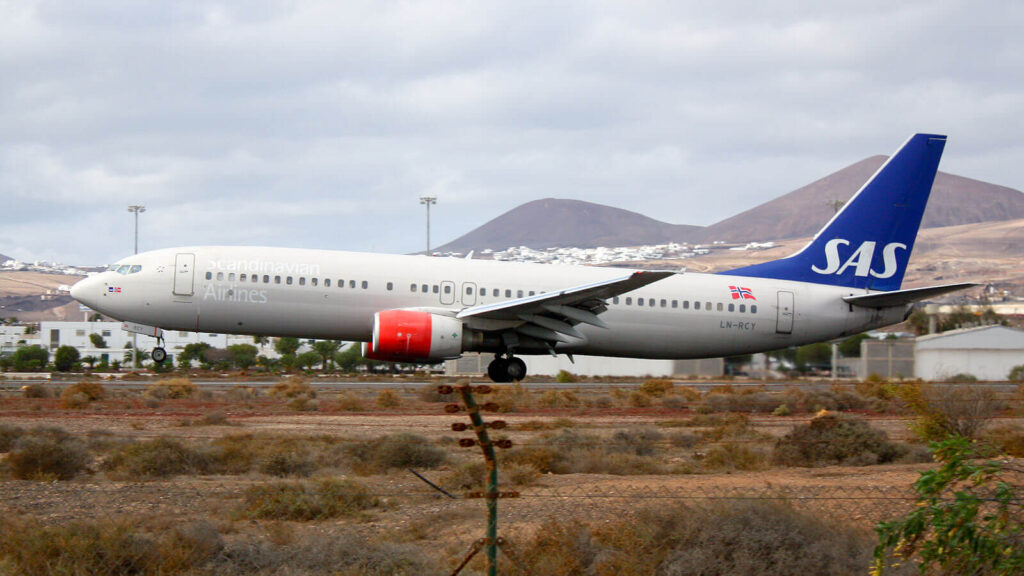The slump of air travel demand, governments keeping restrictions in place, flight operations halted – the pandemic is forcing the air transport industry to address challenges and take actions promptly. While the majority of airlines are focusing on how to deal with the hardships of a “now” moment, some start to look ahead, getting ready for the reality of the post-coronacrisis world.
SAS, Scandinavian Airlines, believes it will take no less than several years for the industry to catch up on the numbers seen before the crisis. Staying on low levels in 2020 in 2021, the air travel demand would most probably come back to normal by 2022, SAS CEO Rickard Gustafson told Reuters.
Having estimated the limited activity in the summer season amidst the restrictions, SAS already initiated layoffs of its workforce, amounting to 5,000 employees.
In a press release, published on April 28, 2020, SAS outlined that the potential workforce reduction will impact, on preliminary data, 1,900 full-time positions in Sweden, 1,700 in Denmark, and around 1,300 in Norway. However, the airline promises to monitor the situation closely, ready to adjust and reduce the number of affected positions in case travel demand starts to grow, as the CEO explained.
After the travel bans issued by authorities, SAS was compelled to halt most of its traffic on March 16, 2020. The halt then placed jobs of 10,000 employees (about 90% of all workforce) in jeopardy.
On April 3, the airline stated it would cease to operate all international destinations, leaving one aircraft in service (an A320) starting from April 6, 2020. SAS now operates several domestic flights in Norway and Sweden.
